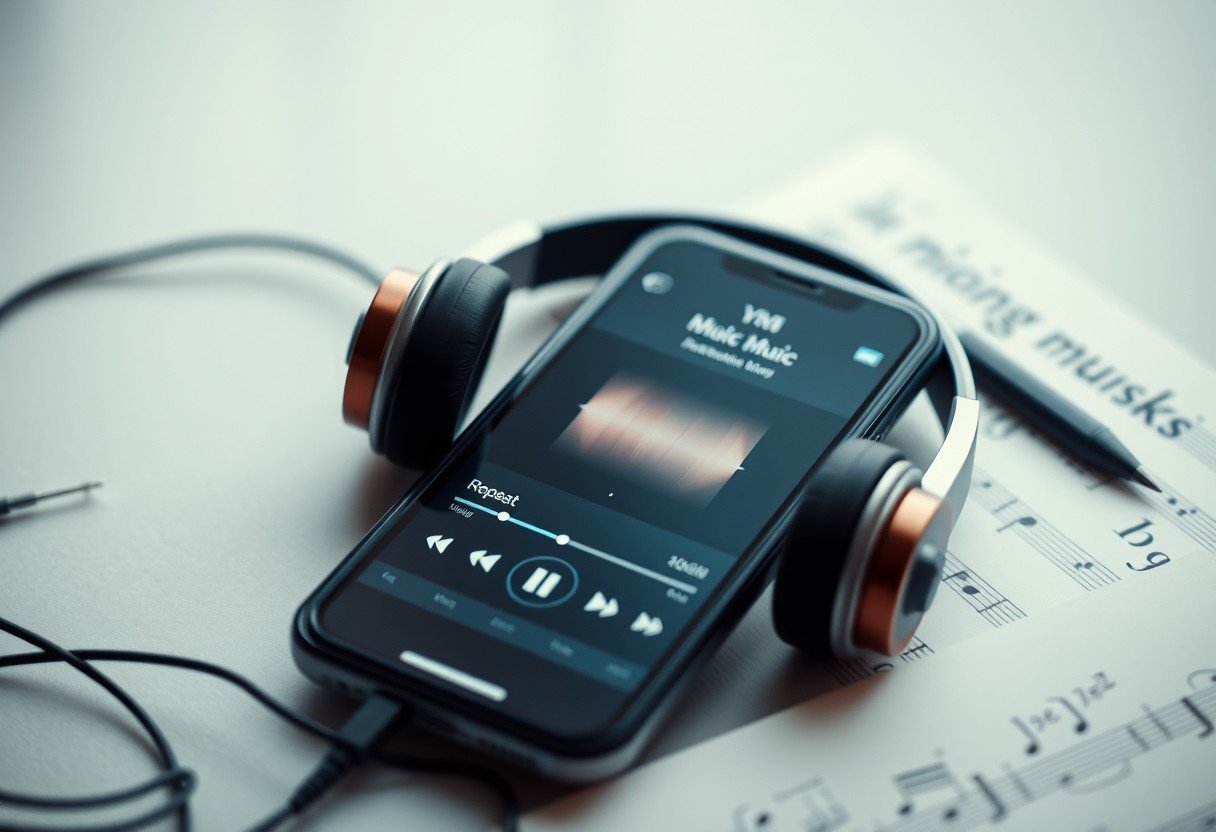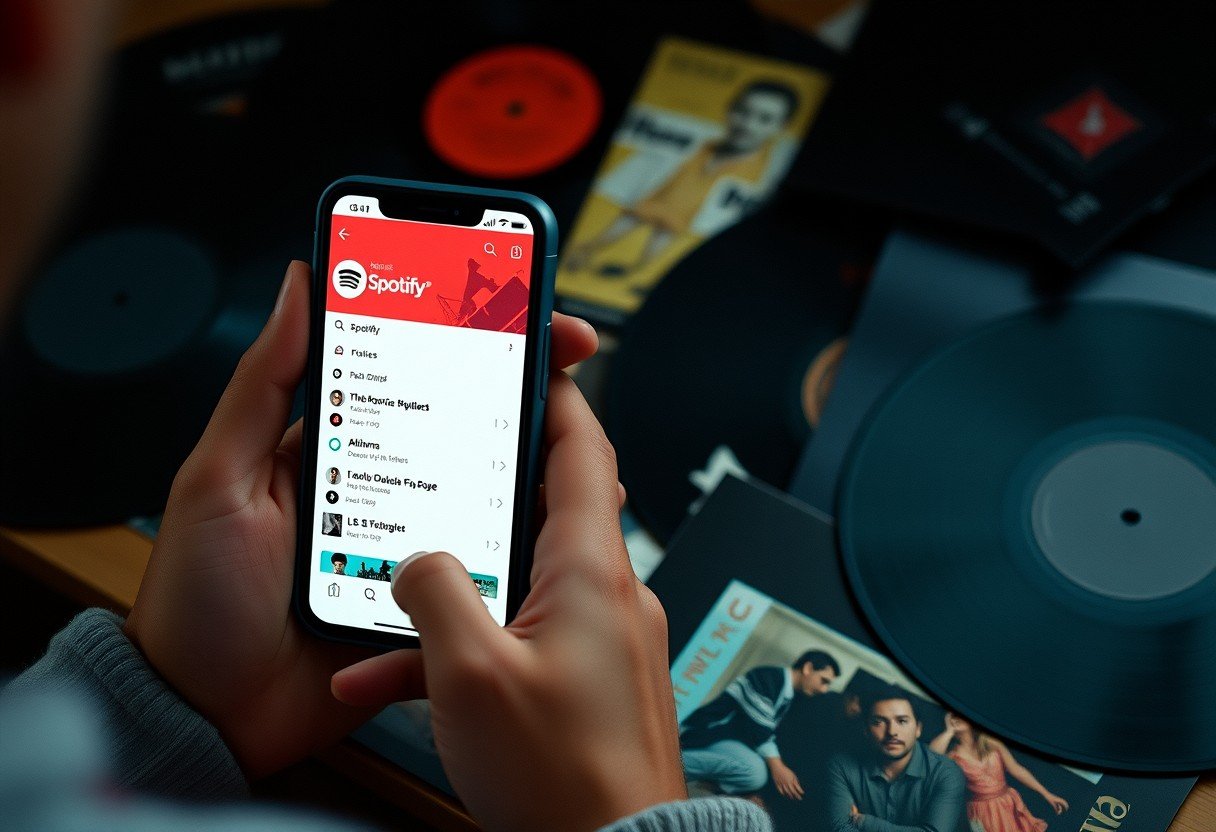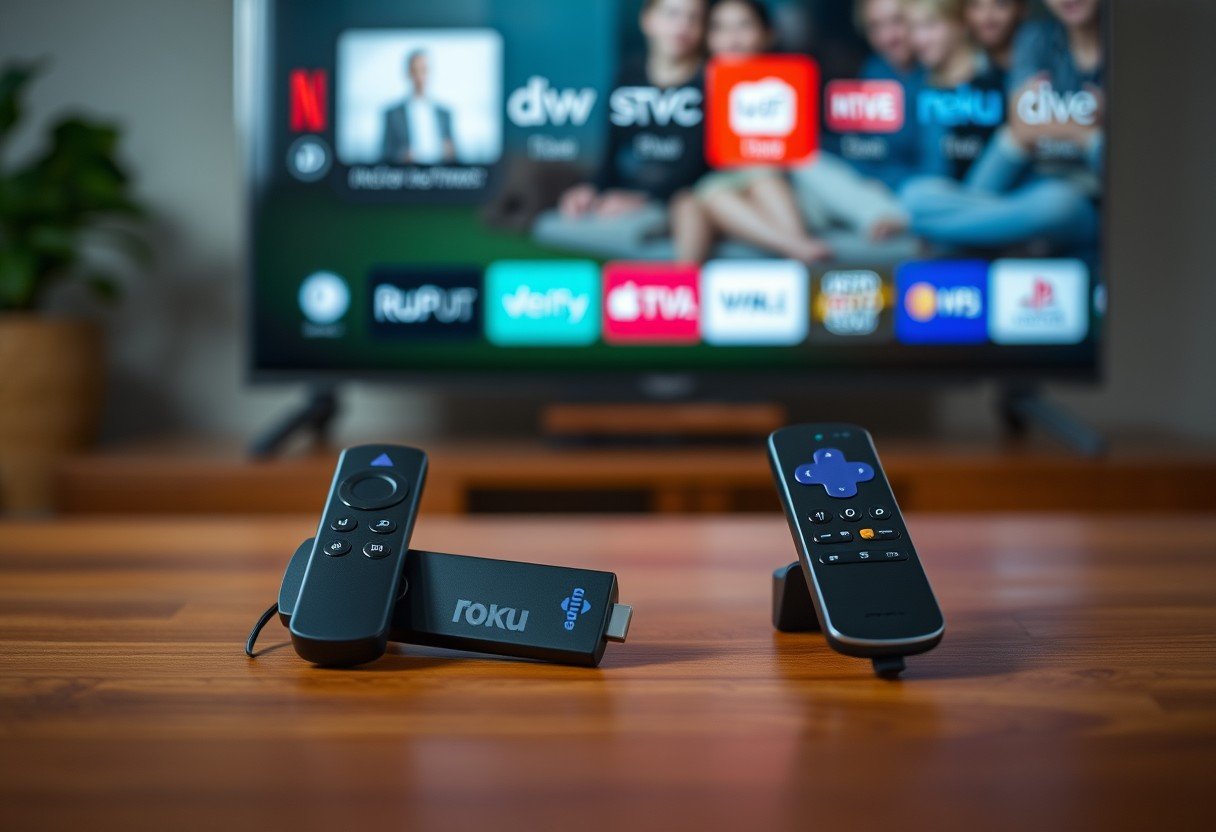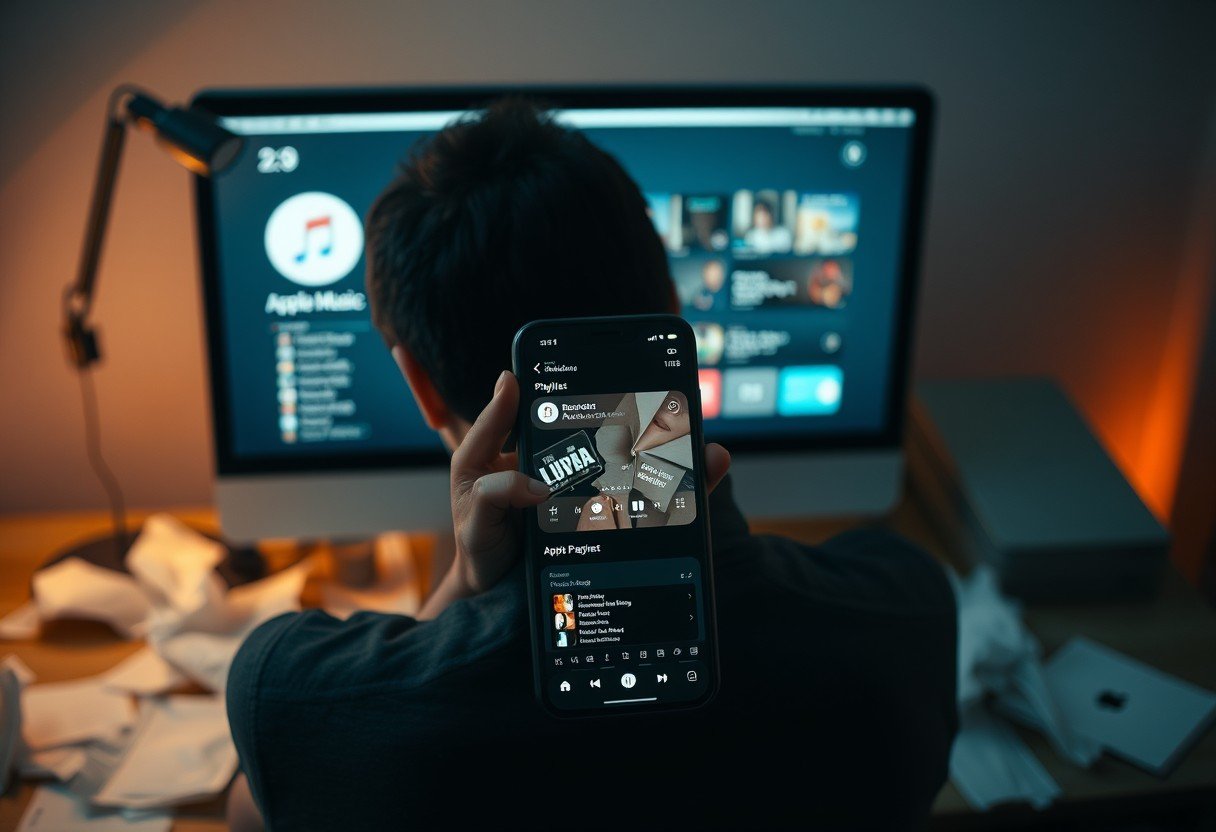Ever found a new favorite song and put it on a loop for hours? You’re not alone. But you might wonder if those countless replays actually help the artist. The simple answer is yes. Both Spotify and Apple Music count your repeat listens as plays, but there are rules. To count, a song usually needs to be played for at least 30 seconds. This small detail has a big impact on everything from artist earnings to chart rankings, turning your listening habits into real support.
How do Streaming Services Define a Play?
Before diving into repeat plays, it’s important to understand what a single “play” or “stream” even is. For most platforms, this isn’t just about clicking the play button.
The industry standard is that a track must be played for a minimum of 30 seconds to be counted as one official stream. This rule was established to make sure the listener is actually engaging with the music and not just quickly skipping through a playlist. It prevents accidental clicks or brief previews from inflating a song’s popularity.
This 30-second threshold is crucial. It ensures that the data provided to artists, labels, and chart companies is a fair representation of a song’s performance. It’s the foundation upon which all streaming metrics are built.
Spotify’s Rules for Counting Repeat Plays
Spotify is the world’s largest music streaming platform, and its system for counting plays is closely watched. The platform is clear that repeat listens are a valid form of engagement and do contribute to a song’s total stream count.
Just like the industry standard, a song must be played for 30 seconds or more on Spotify to register as a stream. If you listen to a three-minute song on repeat 10 times, you have generated 10 streams for that artist, as long as each listen crossed that 30-second mark.
However, Spotify has smart systems in place to protect data integrity. It uses sophisticated algorithms to detect and filter out any streams that appear artificial or fraudulent. This means activity that doesn’t seem like genuine human listening, such as using bots to play a song thousands of times, will be identified and removed. For the average user, though, listening to your favorite track all day is perfectly fine and will be counted.
Apple Music’s Approach to Tracking Streams
Apple Music operates similarly to Spotify but with some subtle differences in its philosophy. While it also uses a time-based threshold to count a play, its algorithms are said to place a strong emphasis on genuine, qualitative user engagement.
This means Apple Music’s system is designed to understand your listening habits more deeply. It looks at not just how many times you play a song, but how you interact with it. For instance, saving a song to your library, adding it to a personal playlist, or listening to it in its entirety can be signals of high engagement.
While both platforms aim for accuracy, their methods can lead to slightly different outcomes. Here is a simple breakdown of their approaches:
| Feature | Spotify | Apple Music |
|---|---|---|
| Minimum Playtime | At least 30 seconds | At least 30 seconds |
| Fraud Detection | Focuses on filtering bot-like patterns and artificial streams | Focuses on patterns of genuine human listening behavior |
| Data for Artists | Provides detailed analytics via Spotify for Artists | Provides detailed analytics via Apple Music for Artists |
Ultimately, for the everyday listener, the result is the same. Playing a song on repeat on Apple Music directly contributes to the artist’s play count and helps them succeed.
The Role of Your Listening Habits
Your personal listening behavior plays a massive role in the music industry. It’s not just a passive activity; every play, repeat, and playlist add sends a signal to the platform and the artists you love.
When you add a song to one of your personal playlists and listen to it often, you’re boosting its numbers. This behavior also teaches the platform’s algorithm about your tastes, which helps it recommend new music you might enjoy. If many users start repeating the same new song, the algorithm recognizes it as a potential hit and may promote it in curated playlists like “Discover Weekly” on Spotify or “New Music Daily” on Apple Music.
There’s also a psychological reason we listen on repeat. Music is deeply tied to emotion and memory. We often replay songs to experience a feeling of comfort, nostalgia, or happiness. Streaming services understand this is a natural part of music consumption and have built their systems to reward the artists who create these powerful connections with listeners.
What do Repeat Plays Mean for Artists and Labels?
For artists and their record labels, every single stream counts. Repeat plays are not just a sign of a dedicated fan; they have very real and significant consequences for an artist’s career and livelihood.
The impact of high stream counts can be broken down into a few key areas:
- Revenue Generation: Artists are paid royalties for each stream. While the payout per stream is small, it adds up quickly with millions of plays. Repeat listening from loyal fans directly increases an artist’s income.
- Chart Performance: Streaming numbers are a major component of official music charts, including the Billboard Hot 100. High stream counts, fueled by repeat plays, can help a song climb the charts, leading to massive exposure.
- Increased Visibility: Songs with high engagement are more likely to be featured on popular editorial playlists. Landing on a playlist like “Today’s Top Hits” can introduce an artist to millions of new listeners overnight.
In short, when you stream a song on repeat, you are casting a vote for that artist. You are telling the platform and the industry that this music is valuable, which helps create a cycle of success that includes more revenue, better chart positions, and a growing audience.
Are there Limits to Repeat Plays Counting?
A common question is whether there’s a limit to how many times your repeat plays will count. For genuine listeners, the answer is generally no. Streaming services expect fans to listen to their favorite songs many times.
The limits that do exist are designed to stop one thing: artificial streaming. This refers to attempts to manipulate play counts using automated methods. For example, if an account plays the same 31 seconds of a song thousands of times in a row without any other activity, the platform’s anti-fraud system will likely flag it as bot behavior.
These filtered plays will not be counted in official statistics and will not generate royalties for the artist. This is done to ensure a fair and level playing field for everyone. So, while you can’t set up a computer to stream a song to the top of the charts, your personal habit of listening to a song on repeat during your commute, workout, or study session is completely valid and encouraged.
Frequently Asked Questions
Do repeat plays on Spotify really count?
Yes, they absolutely do, as long as you listen for at least 30 seconds each time. Spotify is built to count genuine fan engagement, so your repeat listens directly contribute to an artist’s stream count and earnings.
How does Apple Music count repeat streams?
Apple Music also counts every repeat stream that meets its minimum listening duration. Each time you play a song, it is logged as a new play that helps support the artist and influences the platform’s recommendations.
Can you get flagged for listening to a song too much?
A normal listener will never get flagged for listening too much. These systems are designed to catch non-human, bot-like activity, not a dedicated fan enjoying their favorite song on a loop throughout the day.
Do repeat plays help a song get on the charts?
Definitely. Chart positions on Spotify, Apple Music, and official charts like Billboard are heavily influenced by total stream counts. Repeat plays from a large number of listeners are a key factor in a song’s charting success.
Can artists see if I listen to their songs on repeat?
Artists cannot see individual user data, but they can see aggregated, anonymous data through platforms like Spotify for Artists. This includes total stream counts and general listening patterns, which helps them understand how much their fans are engaging with their music.









Leave a Comment